What bungles some YA tales, and why A.S. King rises above (and the launch of Glory O'Brien)
Friday, September 26, 2014
Here are some of the ways that young adult authors can get themselves in trouble. There's the endless repetition of tropes—the clever line on repeat. There's the fuzzy hey-I-can't-really-explain-this-implausible-plot-so-I'll smudge-the-language-into-lazy-ambiguity-and-hope-it-all-looks-like-part-of-an-actual-master-plan. There's the Valley Girl/Guy voice and the untrusting over explaining and the shying away from big themes with the hope that a familiar plot—or a cinematic a-ha ending—will be enough.
As the category becomes ever more popular, as it sells increasing numbers of books (according to Shelf Awareness, "children's/YA continued to soar this year, with sales up 30.5%, to $695.9 million (while) sales of adult fiction and nonfiction fell 3.6%, to $1.726 billion), as it permeates the culture in dissings and debates, it is, I think, increasingly important to look at and learn from those who do YA well.
A.S. King is one such author. Her Glory O'Brien's History of the Future, launching on October 14, is, once again, a brave and elastic plot that gives King room to ruminate on big themes and agitations. Yesterday afternoon, I read the first 67 pages, and discovered, again, just how particular King's language is, how capable of building characters, stretching worlds, and conversing with mechanical and natural phenomena.
For example: King, a photographer herself, has made her narrator a photographer. It's not a casual choice. It's both plot and metaphor. And it's instruction of the sort that is real and meaningful. Read the passage below. Check out its specificity and its ease (not at all simple to achieve both at once, I assure you). Then look at the words "max black." King, being King, will not leave that alone. She'll soon capitalize the M and the B and make Max Black a character. It is of a whole. It is considered. This is how fine YA gets done.
As the category becomes ever more popular, as it sells increasing numbers of books (according to Shelf Awareness, "children's/YA continued to soar this year, with sales up 30.5%, to $695.9 million (while) sales of adult fiction and nonfiction fell 3.6%, to $1.726 billion), as it permeates the culture in dissings and debates, it is, I think, increasingly important to look at and learn from those who do YA well.
A.S. King is one such author. Her Glory O'Brien's History of the Future, launching on October 14, is, once again, a brave and elastic plot that gives King room to ruminate on big themes and agitations. Yesterday afternoon, I read the first 67 pages, and discovered, again, just how particular King's language is, how capable of building characters, stretching worlds, and conversing with mechanical and natural phenomena.
For example: King, a photographer herself, has made her narrator a photographer. It's not a casual choice. It's both plot and metaphor. And it's instruction of the sort that is real and meaningful. Read the passage below. Check out its specificity and its ease (not at all simple to achieve both at once, I assure you). Then look at the words "max black." King, being King, will not leave that alone. She'll soon capitalize the M and the B and make Max Black a character. It is of a whole. It is considered. This is how fine YA gets done.
You can download the first 67 pages of Glory O'Brien for free here. In two weeks, you can buy the book itself. I hope you'll do both. In the meantime, congratulations to A.S. King.
A light meter could tell you what zone everything in a scene fell into. Bright spots—waterfall foam, reflections, a polar bear—were high numbers. Shadows—holes, dark still water, eels beneath the surface—were low numbers. You had to let the light into the camera in just the right way. You had to meter: find the dark and light spots in your subject. You had to bracket: manually change your shutter speed or aperture to adjust the amount of light hitting the film—or, in my case, for the yearbook, the microchip. You didn't want to blow out the highlights, and you had to give the shadows all the detail you could by finding the darkest max black areas and then shooting them three zones lighter.


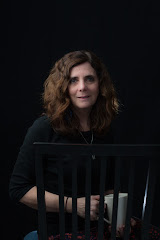

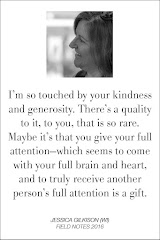

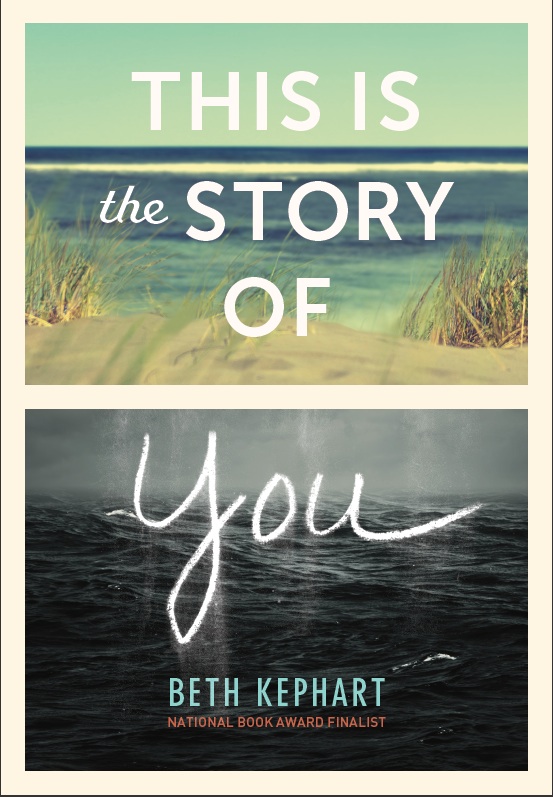

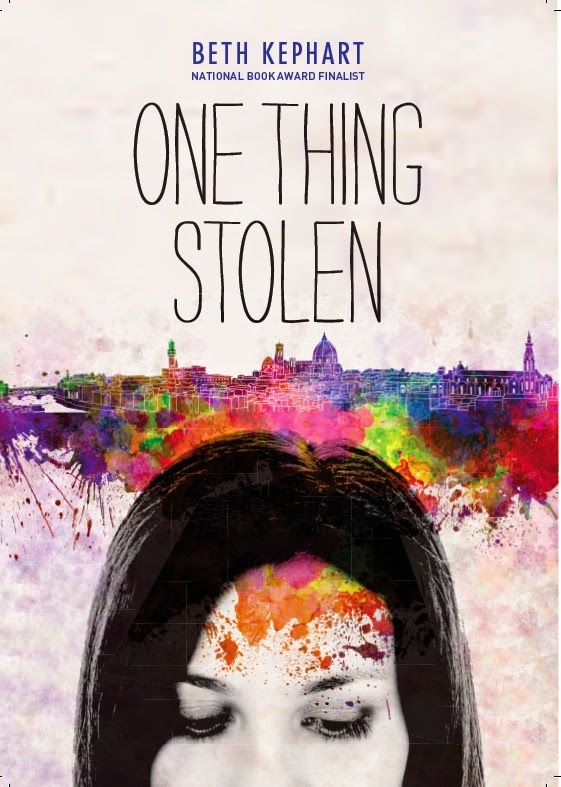
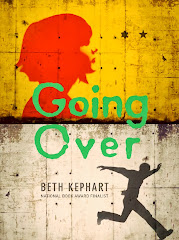







2 comments:
She is a true literary power and I love that you pointed out her writing genius, because that is also why I love your books. Unique, powerful, creative, researched, mastered, individual writing styles are my favorite quality of authors and you both have it in spades!
Wow, Jen. Thank YOU for your words this morning. They are greatly appreciated.
Post a Comment